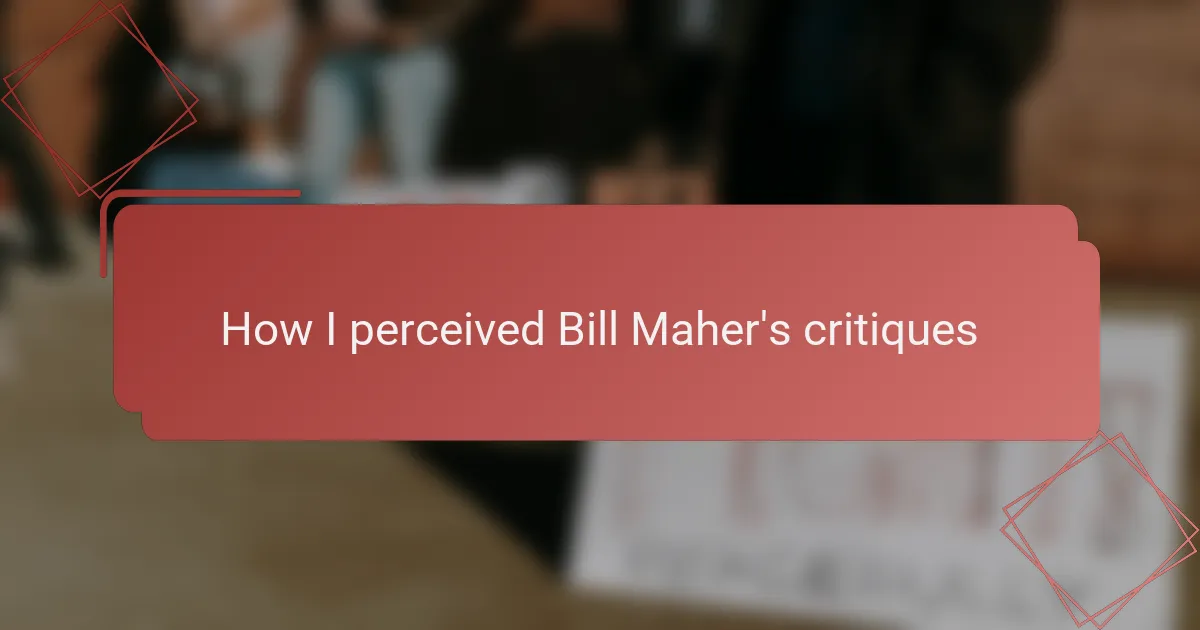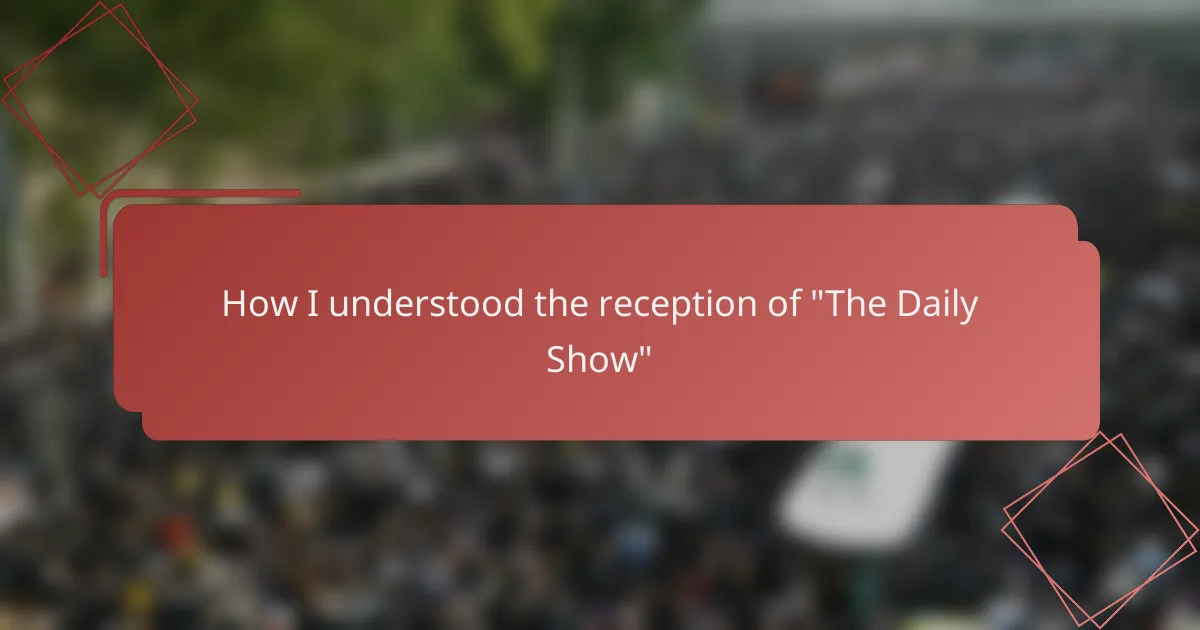Key takeaways
- Political satire, like that on SNL, effectively uses exaggeration, parody, and irony to reveal truths about political figures and behavior.
- SNL’s sketches maintain a balance of humor and critique, often provoking deeper reflection on political issues beyond mere entertainment.
- Engagement with political satire enhances critical viewing skills by encouraging questioning of biases, context, and the real-world implications of humor.
- Humor serves as a means to facilitate political discussions, making complex topics approachable and inviting open dialogue rather than confrontation.
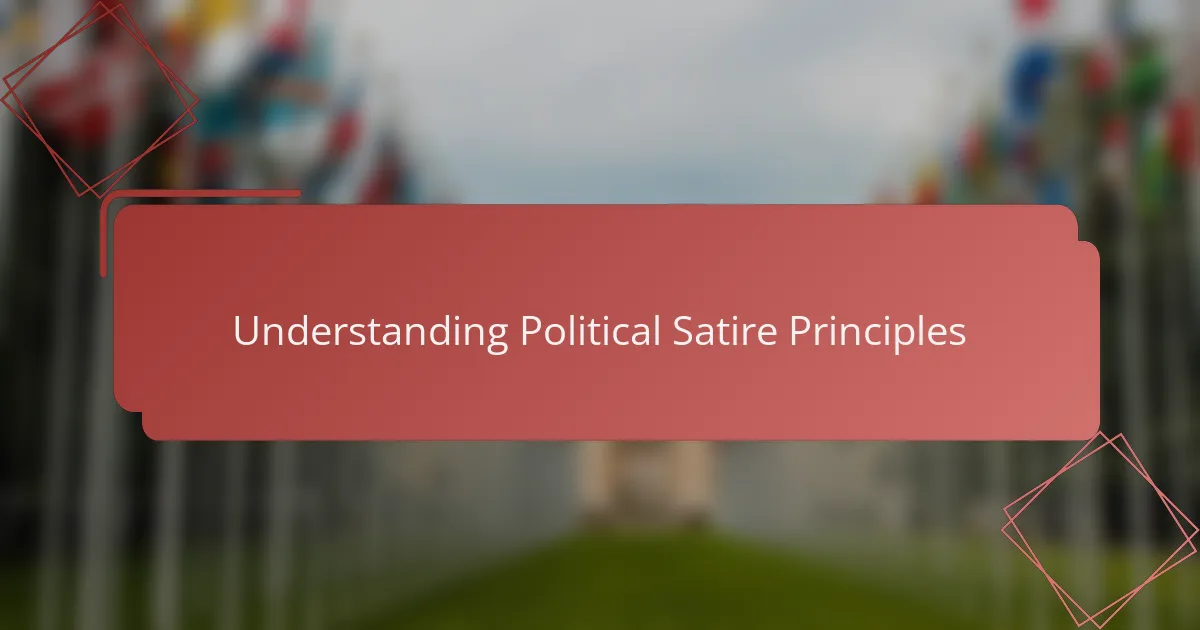
Understanding Political Satire Principles
Political satire often walks a fine line between humor and critique, and understanding its principles helps me appreciate sketches on SNL more deeply. I’ve noticed that effective political satire uses exaggeration without losing touch with reality, which makes the jokes hit harder and provoke thought. It’s this balance that keeps me engaged and sometimes even surprised by how sharp the commentary can be beneath the laughs.
| Principle | Example from SNL |
|---|---|
| Exaggeration | Portrayal of political figures with amplified traits to highlight flaws (e.g., Alec Baldwin as Trump) |
| Contextual Relevance | Sketches based on current events ensuring satire feels timely and relevant |
| Underlying Critique | Use of comedy to expose hypocrisy or contradictions in political behavior |
| Audience Engagement | Sketches designed to spark discussion or reflection beyond mere entertainment |
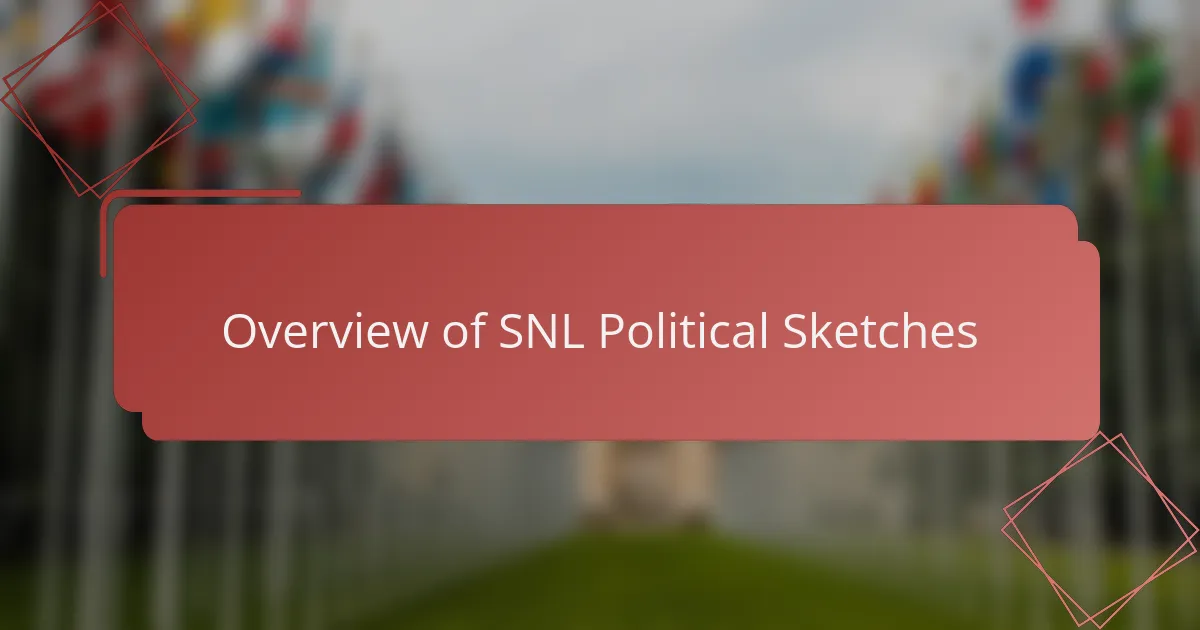
Overview of SNL Political Sketches
SNL’s political sketches have long been a staple of American television, blending comedy with current events in a way that feels both familiar and sharply insightful. I remember watching some of their iconic portrayals, like Tina Fey’s Sarah Palin or Kate McKinnon’s Hillary Clinton, and being struck by how the sketches highlighted not just personalities but the absurdities in politics. It makes me wonder—how much of what we laugh at is actually a mirror reflecting deeper political truths?
What I find fascinating is how these sketches vary in tone yet maintain a consistent edge of critique. Some are biting and relentless, while others use a lighter touch, yet all serve to puncture pomp and pretense. In my experience, this range keeps viewers on their toes, turning typical political discourse into something witty and memorable.
Another thing that stands out to me is SNL’s knack for timing. Their sketches often respond to events almost in real-time, which lends the satire an urgency that feels very immediate. Isn’t that what political satire should do—capture the moment and invite us to rethink it through humor? This immediacy makes the sketches more than just comedy; they become part of the broader conversation happening in society.
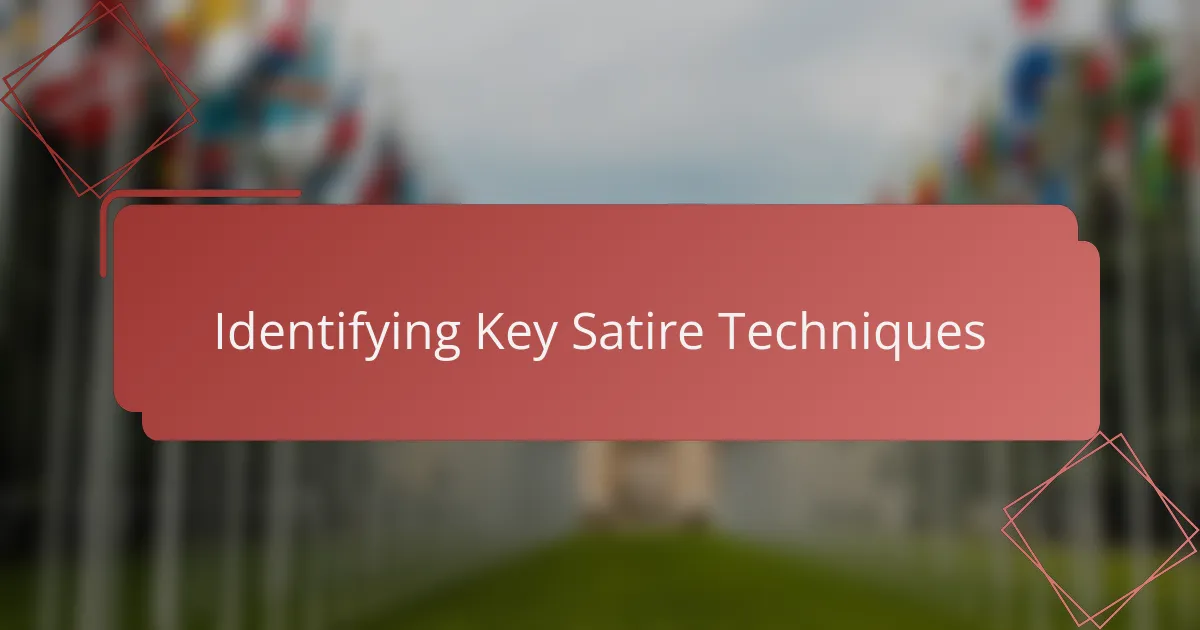
Identifying Key Satire Techniques
When I look closely at SNL’s political sketches, I see certain satire techniques that stand out clearly. For instance, exaggeration isn’t just about making a character funny—it’s about magnifying specific traits to reveal something uncomfortable yet true. Have you ever caught yourself laughing, only to realize the sketch nailed a real political flaw you hadn’t fully noticed before? That’s the power of this approach.
Another technique I’ve found effective is parody, where the sketches mimic political speeches or media appearances with a twist. This goes beyond mimicry; it distorts the original just enough to expose contradictions or absurdities. Watching these parodies, I often pause to think about how political figures present themselves publicly versus the realities behind their words. It’s like the humor opens a secret window into truth.
Lastly, irony plays a crucial role in SNL’s satire. The contrast between what’s said and what actually happens gets under my skin because it highlights hypocrisy in a way that straightforward reporting can’t. It makes me ask myself, how often do politicians say one thing but do another? This ironic punch keeps me engaged and sometimes a bit unsettled, in the best way possible.
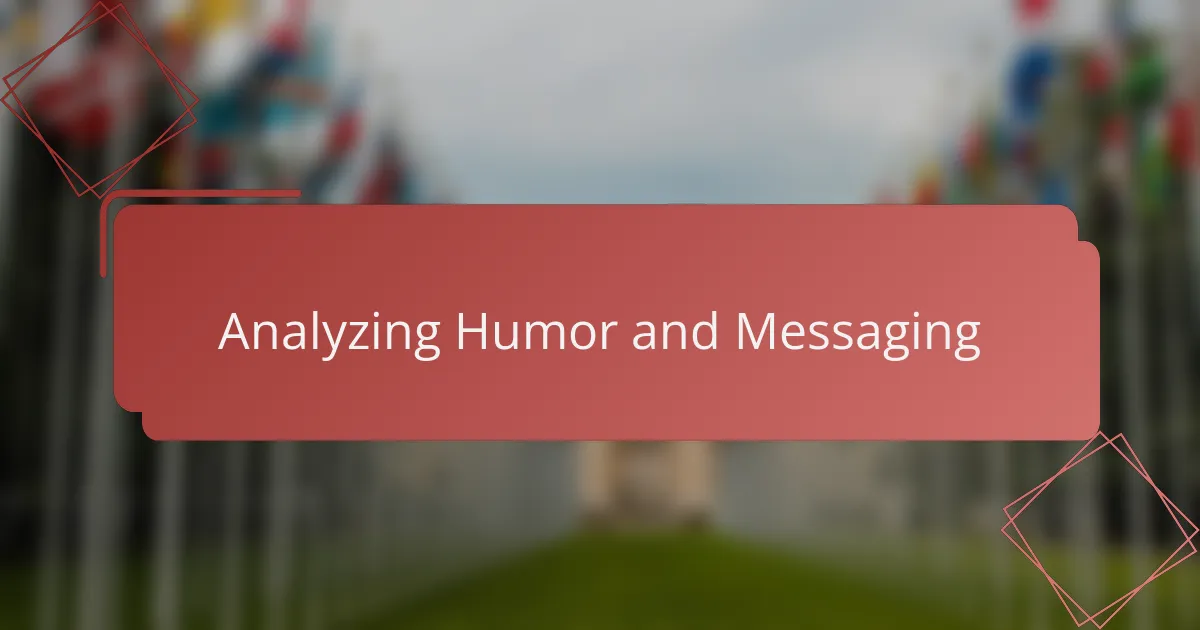
Analyzing Humor and Messaging
Humor in SNL’s political sketches isn’t just about getting a laugh; it’s a vehicle for delivering sharp messaging. I’ve noticed that the funniest jokes often carry the darkest truths, making me pause between chuckles to consider what’s really being said. Have you ever found yourself laughing at a punchline only to realize it’s highlighting a serious political flaw? That layered humor is what makes the satire resonate so deeply.
What intrigues me most is how SNL balances subtlety and bluntness in their messaging. Sometimes the humor is sly, almost whispering the critique, and other times it’s a loud, in-your-face call-out. This variation keeps me engaged because it mirrors how politics itself can be both nuanced and outrageously absurd. It’s this dance between comedy and commentary that sparks my reflection on the issues behind the jokes.
I also appreciate how the messaging is crafted to provoke thought beyond the immediate sketch. After watching, I often catch myself replaying certain lines or moments, mentally unpacking the critique embedded in the humor. Doesn’t effective satire bring us back to the bigger questions about power, truth, and accountability? SNL’s political sketches do exactly that, inviting me—and I suspect many others—to think while we laugh.
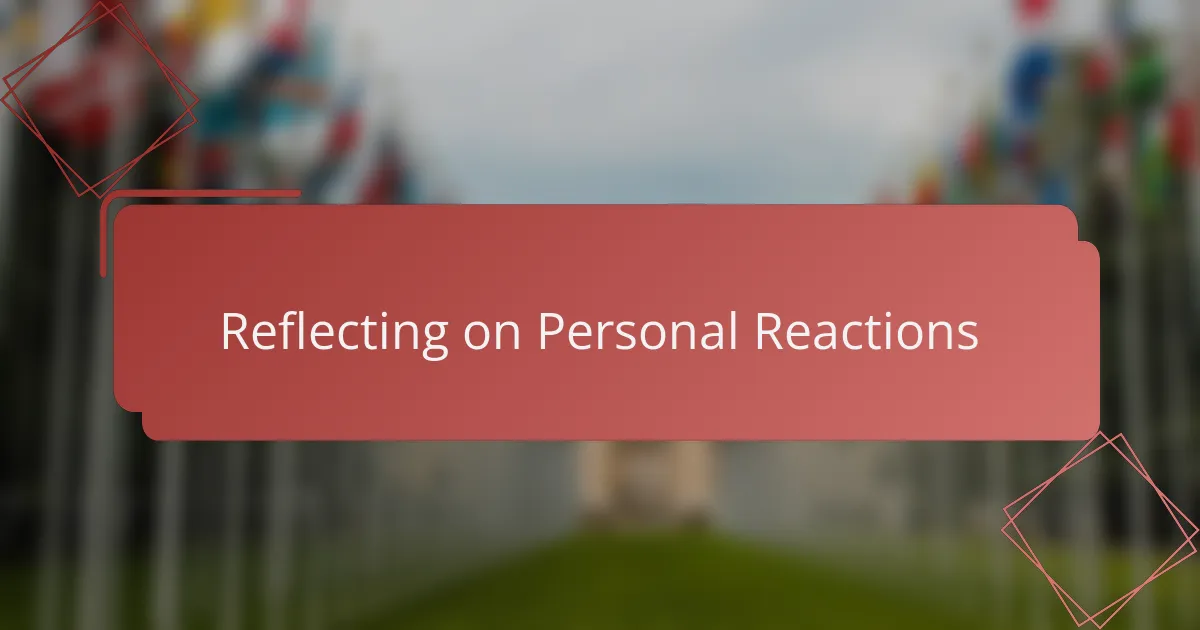
Reflecting on Personal Reactions
Reflecting on my own reactions to SNL’s political sketches, I realize how much they stir a mix of amusement and discomfort in me. There have been moments when the laughter felt a little uneasy because beneath the humor lay sharp truths I hadn’t fully acknowledged before. Have you ever experienced that uneasy chuckle when a joke lands too close to reality?
Sometimes, I find myself replaying certain sketches long after they’ve aired, turning over the satire in my mind. It’s almost like a conversation with myself—questioning what these exaggerated portrayals say about the political figures and, more broadly, about our society. This personal reflection makes the viewing experience richer and more thought-provoking than just casual entertainment.
At other times, I’ve caught myself emotionally invested, especially when a sketch resonates with my own frustrations or hopes about political events. It’s surprising how comedy can open up space for empathy or even a subtle sense of empowerment. Doesn’t that show how powerful satire can be—not just to critique but also to connect us on a human level?
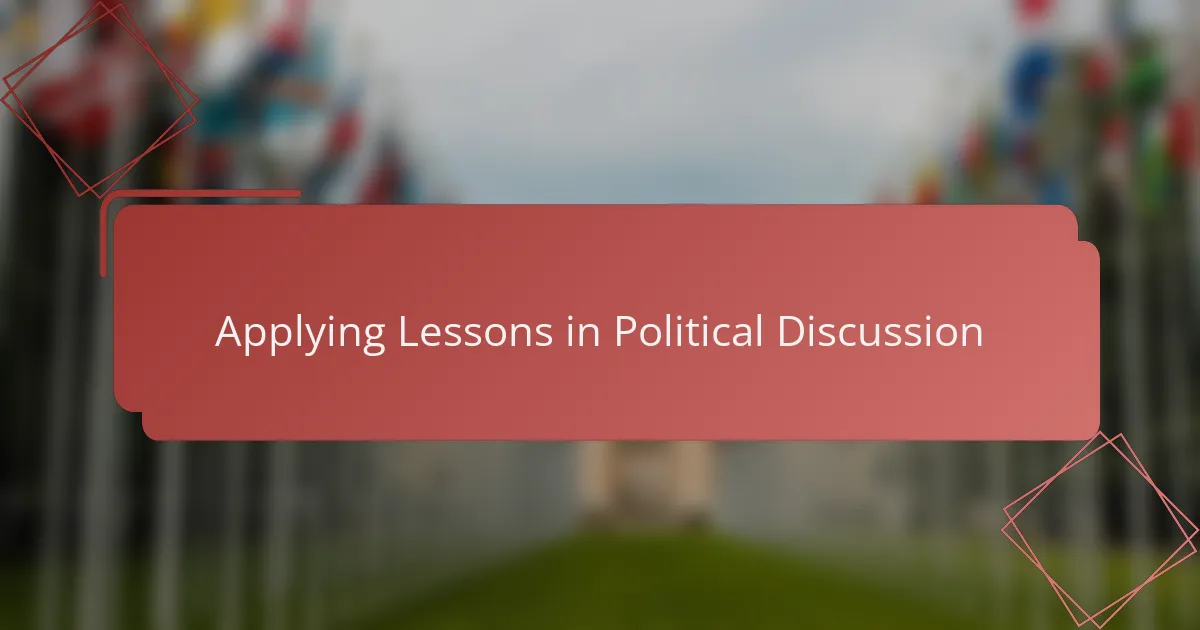
Applying Lessons in Political Discussion
I’ve found that SNL’s political sketches offer more than just laughs—they provide sharp insights that actually help steer my own political conversations. They distill complex issues into relatable moments, which makes it easier to engage without the usual tension. I remember a time when referencing one sketch helped lighten a heated debate, shifting the tone from confrontational to curious.
| Traditional Political Discussion | Lessons from SNL’s Political Sketches |
|---|---|
| Often serious, can feel confrontational | Uses humor to make complex topics approachable |
| Can cause arguments or disengagement | Invites reflection through satire, encouraging open dialogue |
| Focuses on facts and statistics | Highlights human behavior and absurdities behind politics |
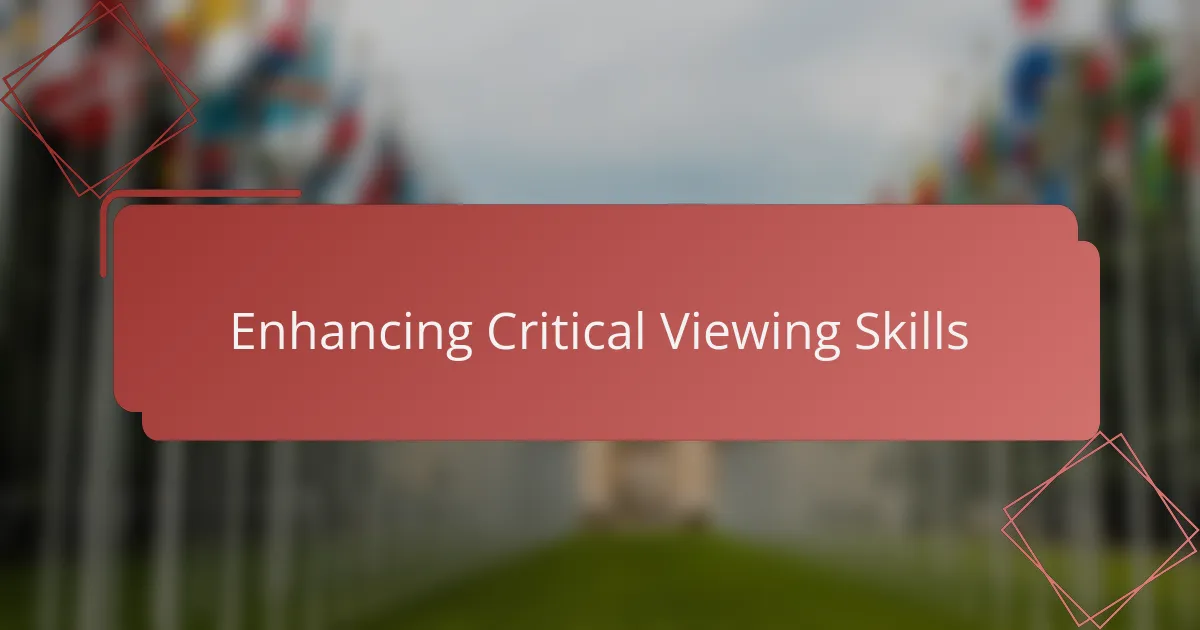
Enhancing Critical Viewing Skills
Engaging with SNL’s political sketches has definitely sharpened my ability to look beyond surface humor and catch underlying messages. Each sketch challenges me to question both the politician’s actions and how those actions are framed satirically, pushing me to think more deeply about media bias and public perception. I remember catching myself pausing a sketch to ponder the real-world implications of a joke — a clear sign my critical viewing skills were improving.
Here are some ways SNL’s political satire has helped me enhance my critical viewing:
- Recognizing exaggeration as a tool to highlight real issues rather than just for laughs
- Questioning stereotypes and biases presented in the sketches to avoid taking portrayals at face value
- Noticing how timing and context influence the impact of a satire piece
- Comparing the sketches with actual news to spot differences in narrative and emphasis
- Reflecting on my own political views when confronted with uncomfortable or challenging portrayals
These points reflect how satire invites me not only to be entertained but also to actively engage in critical analysis.

